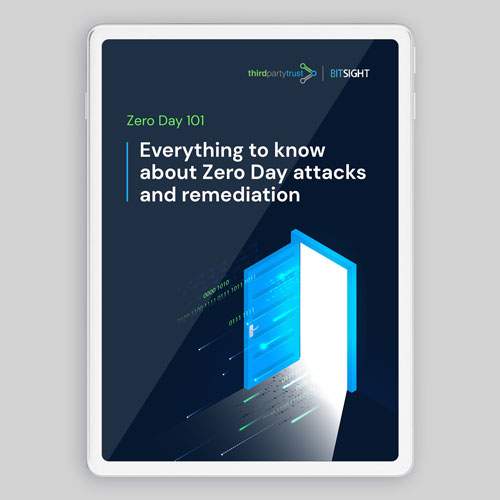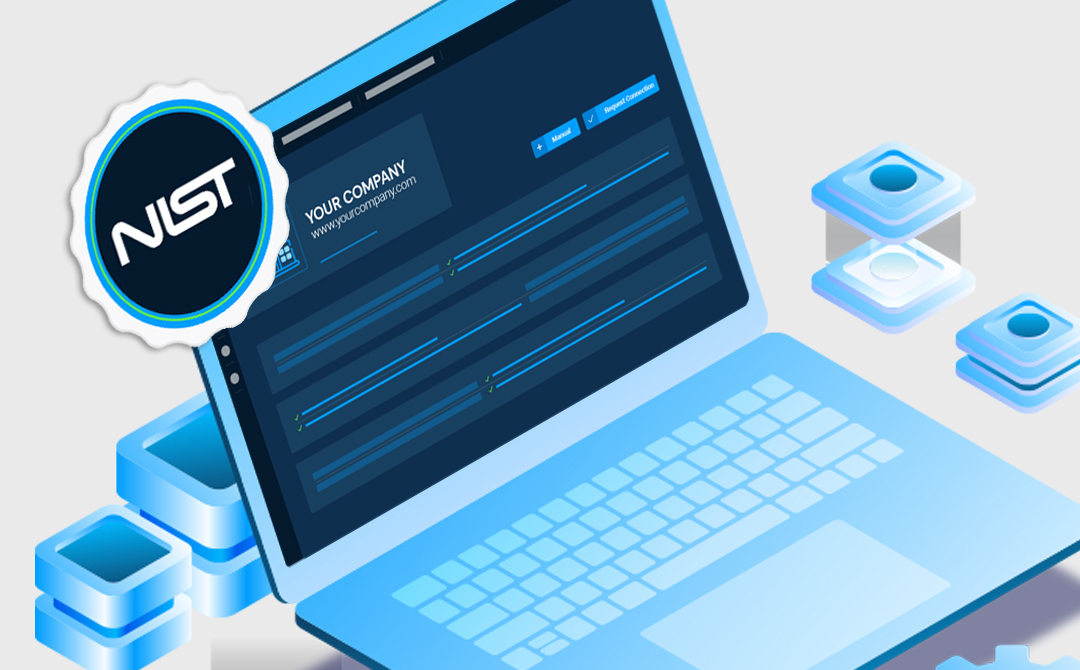TPRM and NIST Framework – Everything you need to know
In February, NIST announced that they were looking for input to revise and reframe the NIST Cybersecurity Framework (CSF). Of particular interest is that the NIST is looking to address supply chain cybersecurity, both through public-private partnerships as well as re-assessed compliance standards.
What is NIST?
NIST refers to the National Institute of Standards and Technology. It’s a division of the federal government under the Department of Commerce. As the name suggests, it’s tasked with everything from standardizing widely used measures (e.g. weight, time, etc.) to promoting data security and innovation.
This latter focus is where vendor management and third party risk management (TPRM) intersect with NIST. NIST has written the Framework for Improving Critical Infrastructure Security, which not only addresses general frameworks for keeping data–specifically supply chain security–safe, it forms the basis for supporting FISMA, the Federal Information Security Modernization Act.
NIST most closely touches cybersecurity in outlining NIST 800-171, a set of just over 100 questions and standards for how companies and third party vendors handle sensitive information and data. While this is of obvious importance for governmental agencies, it is equally important for businesses.
The purpose of NIST’s 800–171 framework is to help protect controlled unclassified information (CUI) in nonfederal systems and organizations. CUI includes any potentially sensitive, unclassified data that requires controls in place to be safeguarded. The publication contains 14 specific security objectives, each with a variety of unique controls, as well as mapping to NIST 800–53 and ISO 27001.
Organizations that supply the federal government with products, solutions, or services under a Department of Defense (DoD), General Services Administration (GSA), or National Aeronautics and Space Administration (NASA) contract must comply with NIST 800–171. While this framework is mainly focused on companies that hold a government contract, it can help any organization improve their cybersecurity posture.
How do companies comply with NIST?
Complying with NIST may or may not be voluntary in some industries. However, regardless of its imperative, it makes good business sense to be compliant in that it ensures your business is safe and signals to potential partners and customers that you keep data secure as part of your business practices.
But how do companies comply with NIST? As outlined in one representative blog, NIST helps companies comply with FISMA via at least nine distinct steps:
- Categorize the data and information you need to protect
- Develop a baseline for the minimum controls required to protect that information
- Conduct risk assessments to refine your baseline controls
- Document your baseline controls in a written security plan
- Roll out security controls to your information systems
- Once implemented, monitor performance to measure the efficacy of security controls
- Determine agency-level risk based on your assessment of security controls
- Authorize the information system for processing
- Continuously monitor your security controls
Anyone familiar with TPRM and the host of assurances and certifications that are asked of third party vendors by enterprise businesses already knows that the above list can be achieved largely by employing vendor management tools and services that monitor a company’s supply chain.
TPRM allows companies to be proactive in requesting assessments and monitoring third party compliance with safety controls. A TPRM program, then, allows companies to better comply with NIST frameworks.
Benefits of combining TPRM and NIST together
In previous posts on topics such as ticketing systems, business analytics, and GRC, we’ve discussed how combining TPRM with frameworks (and/or business tools) provides several key benefits:
- Increased productivity
- Better (integrated) data to make decisions
- Lower operational costs
Third party risk management can often be seen as a nice-to-have, or as necessary insurance. But by leveraging TPRM’s ability to enhance and round out business tools, companies can add data points to build out appealing, robust, and secure business plans.
ThirdPartyTrust can help address NIST third party security requirements by automating the vendor risk assessment process, allowing you to evaluate vendor compliance with IT security, regulatory, and data privacy requirements.
The tool offers NIST compliance capabilities that enable you to effectively audit supplier security controls, such as:
- Vendor onboarding, profiling, tiering, and scoring to address Supply Chain Risk Management
- Use of custom questionnaires to perform comprehensive reviews and identify potential breaches of contract and other risks
- Centralized vendor management to easily identify and mitigate inherent risks and conduct proactive reassessments
Want to know more? Let us show you how ThirdPartyTrust can add value to your existing risk management tools and compliance processes today.

Don’t let zero days be “wake up calls.”
Unpredictable vulnerabilities will be an ongoing concern for security teams inthe foreseeable future.
In this guide you will learn the fundamentals of zero days, patterns from our statistical analysis, and tips to reduce risk and remediate zero days if/when they happen.




